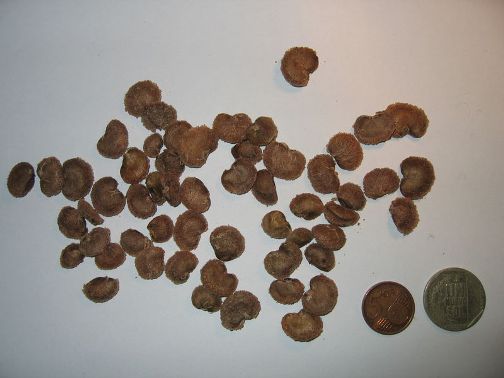Let's make some more!
Camu camu, along with all plants in the Angiosperm group,
reproduces sexually and involves
male and female organs. The female structures are the
stigma, style, and ovary. The stigma is the sticky portion
of the pistil that captures pollen. The pollen then moves
down the long style into the ovary, which is composed of one or
more ovules and is responsible for housing the eggs. The
male parts involved are the filament and anther. The
filament supports the anther which is responsible for storing
and producing pollen. The transfer of pollen from an
anther to a stigma is pollination. Many things can aid in
pollination such as wind, water, insects, birds, and other
mammals. After pollination, one nuclei of the pollen grain
forms a tube down through the style to the ovary. The
second nuclei travels down the tube and splits into two sperm
nuclei that fertilize the egg. Ultimately, the endosperm
(stored fruit) is formed, covering and protecting the seed.
 The Camu camu plant requires specific conditions to reproduce.
More specifically, insects are needed to pollinate the flowers.
Although wind may still affect some pollination, studies have
shown that bees
are the most important pollinators and are attracted by the
fragrance and nectar
of the flowers (the small flowers of
Camu camu bush
The Camu camu plant requires specific conditions to reproduce.
More specifically, insects are needed to pollinate the flowers.
Although wind may still affect some pollination, studies have
shown that bees
are the most important pollinators and are attracted by the
fragrance and nectar
of the flowers (the small flowers of
Camu camu bush
 have
waxy white petals
and an exquisite aroma).
have
waxy white petals
and an exquisite aroma).
The
most common visitors to Camu camu are the
stingless bees Melipona sp. and Scaptotrigona postica.
Actually, pollination by
bees is the dominant method of pollination in the family Myrtaceae.